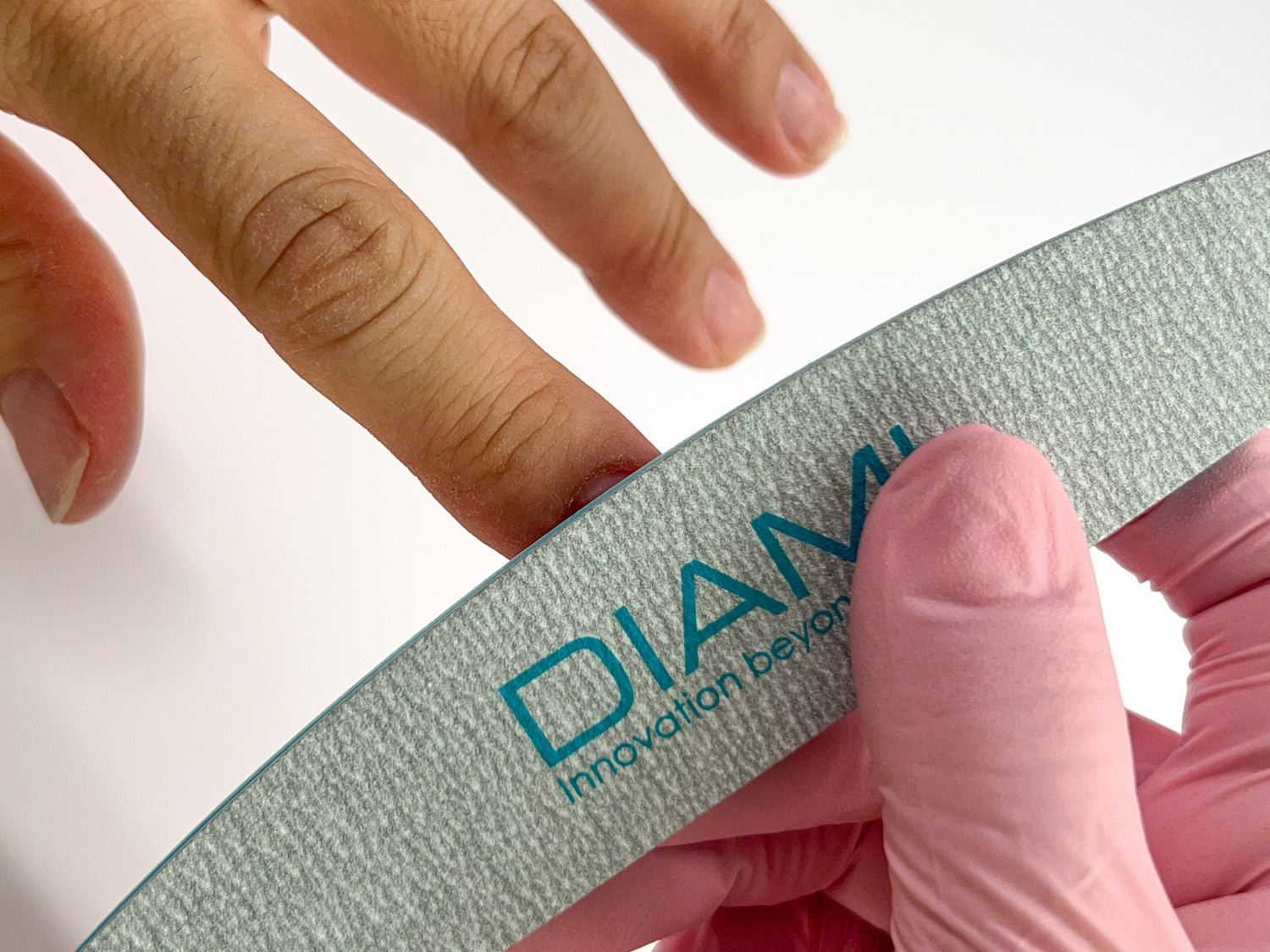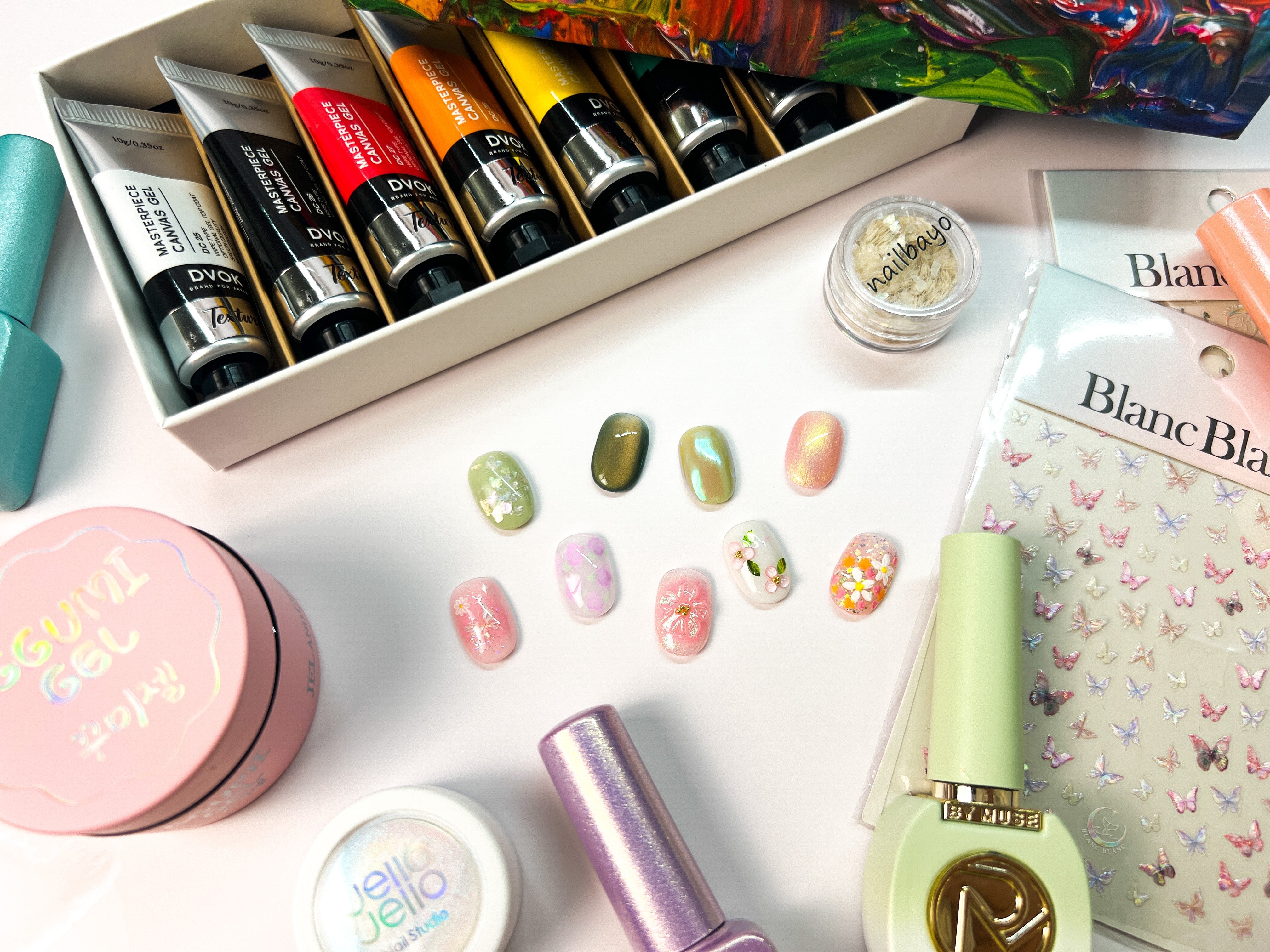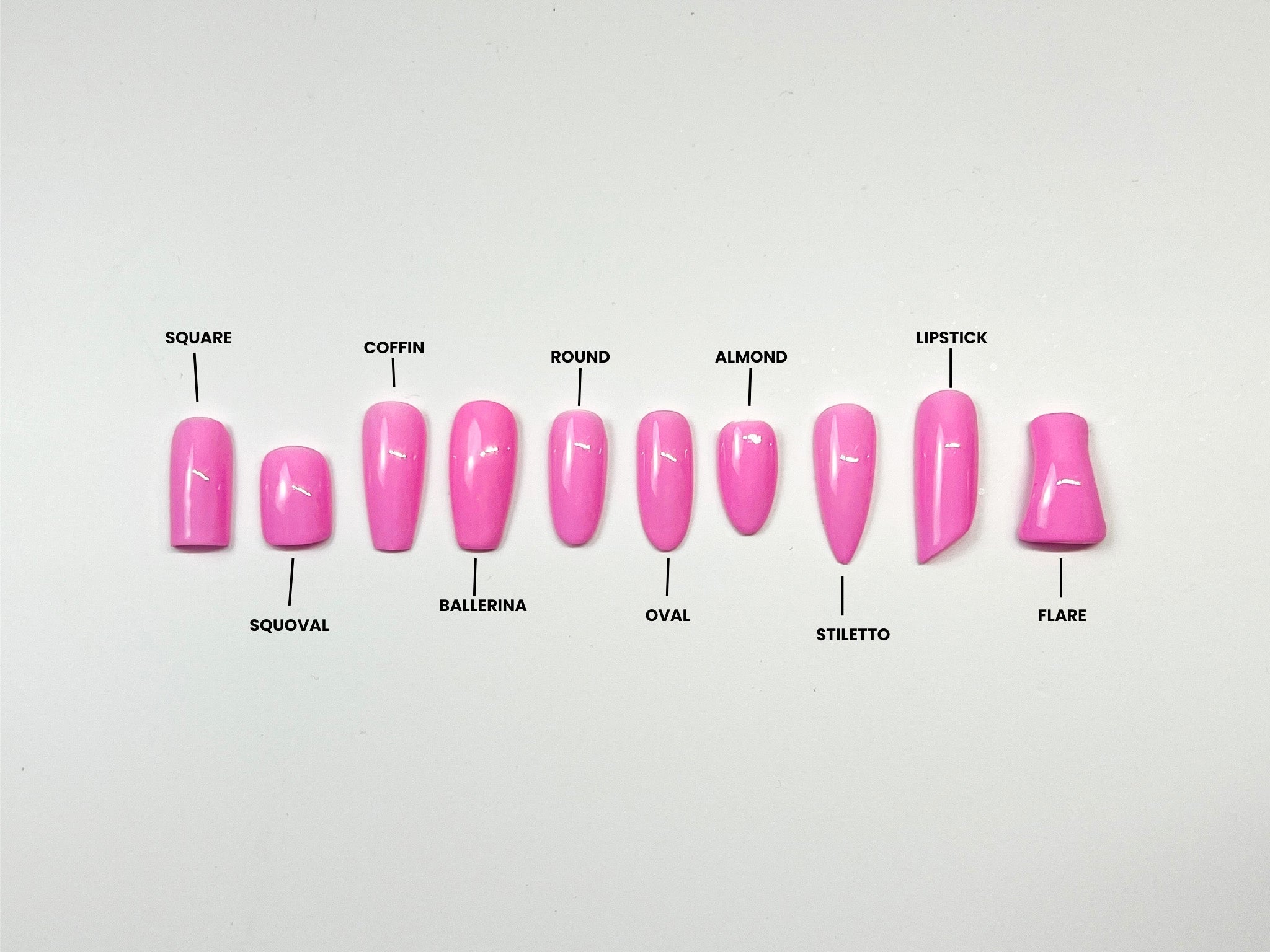
When it comes to doing nails, one of the most important skills to have is using nail abrasives safely and effectively. Nail files and buffers are essential tools that can help make the process of nail preparation, product application, and finishing more efficient. For nail professionals who service multiple clients a day, investing in an electric nail file (e-file) may be the most ergonomic option. However, for those who are new to nails or do their own nails at home, an e-file machine might not be necessary as it can be a costly investment. Nail files and buffers may be a more suitable option. Whether using a hand file or e-file, both require basic knowledge of nail abrasives and their intended use to prevent potential damage to the natural nails. Understanding nail abrasives and how to use them effectively can result in long-lasting nail enhancements, preservation of healthy natural nails, and more efficient nail processes. Let’s dive into the basics of nail files and buffers.
Nail Files vs. Nail Buffers
Nail abrasives can be made with different materials and come in different shapes and sizes. Nail files are used to shorten, shape, and refine the nail edges. They can come in long rectangular, oval, or half moon shapes. Nail files can be made of plastic, wood, cardboard, or foam with a rough surface. Other nail files are made ceramic, glass, or metal for durability and reusability.
Nail buffers are usually made from foam or a sponge-like material with a rough surface and often come in rectangular blocks of different sizes. This block shape allows them to be effective for smoothing out and refining the surface of the nails. Choosing nail abrasives is based on personal preference of material and shape.
Prior to using a new file with a sandpaper-like surface, it is imperative to gently rub the edges of the nail file against another file or buffer to remove sharp edges, also known as “file prepping” or “seasoning a nail file.” This helps prevent discomfort and potential cuts or trauma to the skin or nails when in use. The edges of the file should feel smooth and rounded prior to use for a smoother filing experience.

When using a nail file or nail buffer, it is important to avoid quick repeated back and forth motions in the same area on the nail surface, as this creates friction that can potentially cause heating on the nails, much like an e-file in the same action. When using a nail file, a light yet firm pressure should be applied with a controlled motion. Always move nail abrasives in one direction when shaping or smoothing the natural nails. A back and forth motion when shaping can cause the natural nails to fray or create ridges that weaken the nails, while back and forth motion when smoothing out the natural nails can cause potential heating. Always use nail files and buffers with caution and care.
Grit
Nail files and buffers have different levels of abrasiveness that can be categorized as fine, medium, and coarse. Abrasiveness can be determined by grit, which refers to the number of abrasive granules or particles per square inch on a nail file or buffer. A lower grit number indicates that there are larger granules with fewer particles per square inch, resulting in a coarser file or buffer. Whereas higher grit number indicates that there are smaller granules with more particles per square inch, resulting in a finer file or buffer.
Fine Grit - (240 grit or above) Used for refining the nails to remove small bumps, ridges, or discoloration on natural or artificial nails
Fine grit nail files are suitable for smoothing and buffing the natural nails, often in nail preparation for enhancements. They can also be used to smooth out imperfections, refining the nails for a professional finish. Higher grits such as 1000 or above can be used to create a smooth surface and high shine.
Medium Grit - (150-180 grit) Used for shaping the nails and smoothing uneven surfaces
Medium grit nail files are versatile for shaping, smoothing, and refining. They can be used to shorten and shape natural and artificial nails. Medium grit buffers are effective in smoothing out unevenness on the nail surface. For example, a medium grit nail file can be used for blending out artificial nail tips on the natural nails. For certain products or enhancements, gently etching the natural nails with a medium grit file can help with adhesion. A medium grit abrasive is also effective in removing stubborn pieces of gel left on the nail plate during removal. Medium grit abrasives should be used carefully, especially near the skin surrounding the nails.
Coarse Grit - (80-100 grit) Used for removing length, shaping, and debulking product on the nails
Coarse grit abrasives have higher impact and can be more aggressive in action. They are efficient in debulking nail enhancement products such as acrylic and gel, especially for removal. Coarse grit files are also highly effective for taking down length and shaping the nails. For example, a 100 grit file can be used to shorten the length of artificial nails that have grown out, reshape them from coffin to almond, and debulk enhancements for removal or new product application. Coarse grit files and buffers should be used with caution, as they can cause damage to the natural nails due to their high impact abrasiveness. They are most suitable for use with enhancements and generally should not be used on the natural nail plate.

Over time, nail files and buffers gradually wear down due to repeated use, reducing their effectiveness in shaping and smoothing out nails. To maintain optimal results and hygiene, regularly inspect them for signs of wear, such as frayed edges, reduced grit, or a smooth, ineffective surface. Replace nail files and buffers as needed.
It is paramount to include nail files of different grits in your nail tool kit for the different processes of a manicure and nail care. Having the necessary files and buffers can ensure a seamless transition between nail preparation, shaping the nails, and refining for overall efficiency. Check out our selection of nail files and buffers available at Sweetie Nail Supply.





Leave a comment
All comments are moderated before being published.
This site is protected by hCaptcha and the hCaptcha Privacy Policy and Terms of Service apply.